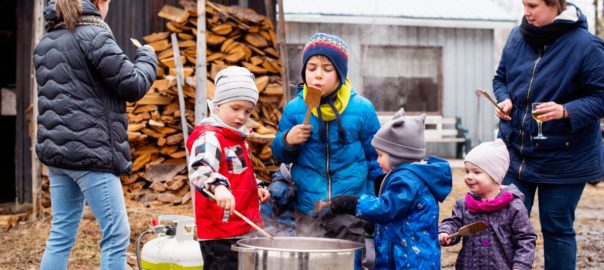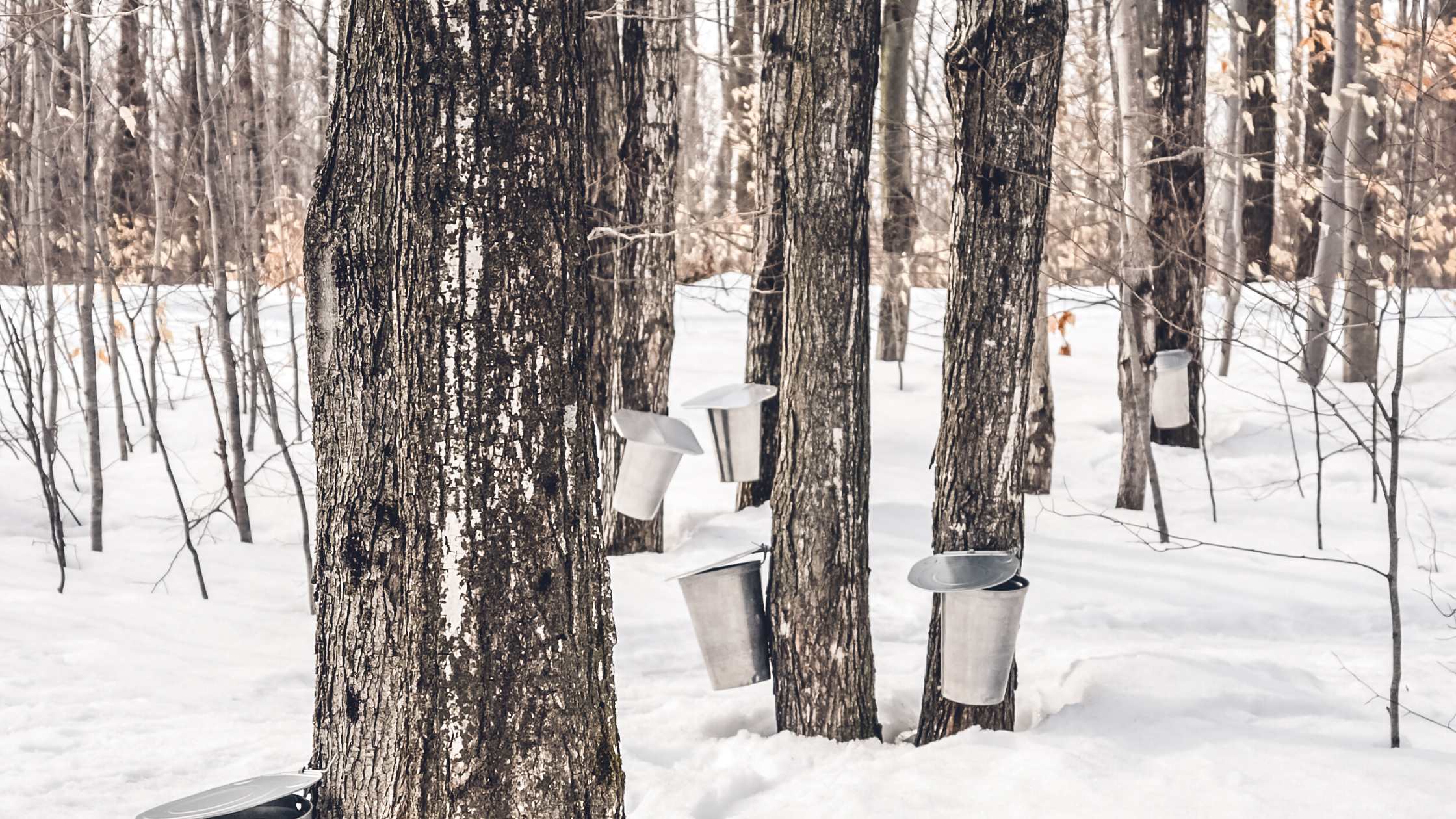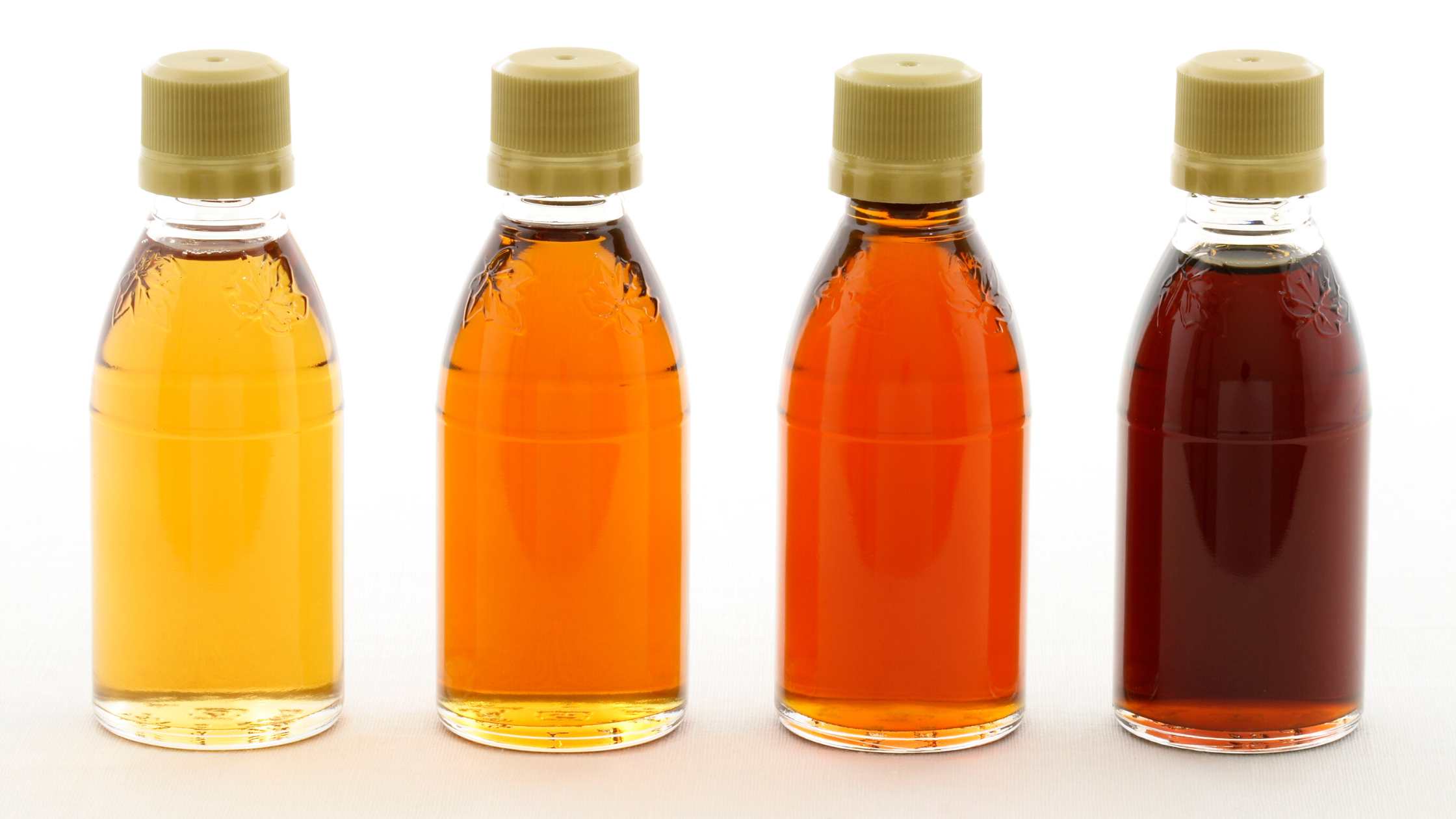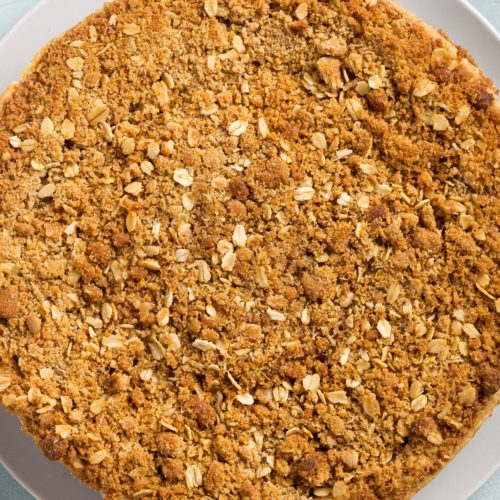A recent combination of extra phyllo dough and some pears that were just right turned into a marvelous dessert. First I have a confession to make, I'm not very good at making pie crusts. Because of that I rarely make two crust pies. Aside from the obvious increase in calories there's the need to roll out two crusts.
Category Archives: baking
Dough Flying Everywhere
I recently came across a video of Richard Bertinet's slap-and-fold method of working bread dough. You can find the video here.
As with the No Knead Bread phenomenon that swept the foodie sites a couple of years ago, I wanted to modify this to work for me. What that means is I wanted to use fresh ground, whole grain flour. I decided to try this new method with an overnight soaked dough that I like because it has great flavor and usually turns out pretty fluffy. I wanted to know how the slap-and-fold method would affect the consistency of the dough.
My first challenge was how wet the dough was. Halfway through the slapping and folding I realized that perhaps a fluffy dough was not the dough to be doing this with, I probably should have started with a more rustic dough. Also, it might have made sense to try it with all-purpose flour, as the recipe calls for, but I didn't. The flour I used was fresh ground, 1/2 spelt, 1/2 hard red wheat, soaked overnight in buttermilk.
After I mixed in the rest of the ingredients I followed the instructions and began to slap the dough against the counter. I dutifully resisted the urge to add more flour. The dough was very wet and it was tempting to add flour at least to clean off my hands. It took a while to learn to control the dough. I must be the world's messiest dough slapper because there was dough everywhere. Little bits would fly off and stick to the back wall, to the underside of the cabinets, as well as all around me onto the floor. it also seemed to take a rather long time for the dough to become cohesive. But I persisted. I know that I worked the dough far longer than the video suggested was necessary but I did eventually get a nice smooth ball of dough which I returned to the bowl and covered to let rise.
The dough took longer than expected to rise, about 2 hours. Punched down, formed into two boules and set to rise again. This rise seemed normal. I baked it in the oven and it seemed to turn out well. As the picture shows it made two really lovely boules, nice and fragrant, soft crust, dense crumb with a rich flavor. The bread turned out really well and was worth the effort.
I'm not convinced that I'm going to start slapping dough on a regular basis but I am going to try this again. I plan to back up and start with Mr. Bertinet's sweet dough recipe and then try again to modify it to whole grains. It was fun to experiment with the dough and see the results; it's also fun to think about what will happen with other changes and then try those ideas out.
I believe we need to do more than simply eat our food, we need to enjoy it. So I encourage you to play with your food, savor it with all of your senses; that includes thinking about how it's made.
Be well.
Pizza Pizzazz
 My friend Karen just asked me for a pizza dough recipe. This recipe is one of my favorites in part because it is very versatile and works up so quick. The original recipe was published in The Tightwad Gazette by Amy Dacyczyn as Cuban Bread; I modified it to use for pizza, calzones, parmesan sticks, anything that requires a pizza-type dough. The “big” difference, as far as I can tell, between pizza dough and bread dough is the addition of oil. This helps create a chewy, denser crust and adds some of that delicious flavor. The addition of ground ginger may seem a little strange but it's a tip I learned from my Uncle Joe. He claimed that the ginger “aggravated” the yeast and helped it to rise the dough. Research shows that he was right and the tiny bit of ginger does not seem to have a measurable flavor effect. Give it a try.
My friend Karen just asked me for a pizza dough recipe. This recipe is one of my favorites in part because it is very versatile and works up so quick. The original recipe was published in The Tightwad Gazette by Amy Dacyczyn as Cuban Bread; I modified it to use for pizza, calzones, parmesan sticks, anything that requires a pizza-type dough. The “big” difference, as far as I can tell, between pizza dough and bread dough is the addition of oil. This helps create a chewy, denser crust and adds some of that delicious flavor. The addition of ground ginger may seem a little strange but it's a tip I learned from my Uncle Joe. He claimed that the ginger “aggravated” the yeast and helped it to rise the dough. Research shows that he was right and the tiny bit of ginger does not seem to have a measurable flavor effect. Give it a try.
Pizza Dough
5 C. whole wheat flour
1 T. yeast
2 C. hot water
1 T. salt
1 T. sugar
1/2 t. ground ginger
2 T. olive oil
mix together 3 C. wheat flour, yeast, salt, sugar and ginger
make a well in the center of the flour mixture
add water and oil
stir together
add in remaining flour until a smooth dough has been formed
grease the dough (I grease the dough instead of the bowl to ensure complete coverage)
cover with a towel and let sit one hour or until doubled in bulk
turn out onto a floured surface
punch down the dough
knead 4-5 times and start making pizza
And if you're making a lot of pizza I have quadrupled this recipe before and it still works fine.
Enjoy!
edited: It was pointed out that I forgot the pizza baking directions so here's the second half of the recipe.
preheat the oven to 400 degrees F
(note: I like to use unglazed floor tiles in my oven as a pizza stone, they give great coverage and hold the heat very well)
have cornmeal ready to sprinkle on the pizza peel to help prevent the pizza from sticking
if you don't have a peel you can put the cornmeal directly on the tiles, just be careful transferring the pizza into and out of the oven
Cut the dough in half and roll out into your pizza base
mix together 1/4 C. olive oil and 1 clove crushed garlic
brush some olive oil mixture onto the top of the pizza base
par bake the crust for 5-7 minutes until base starts to bubble
take out of the oven, crush the bubbles
top with your favorite sauce, toppings and cheese
return to the oven and bake another 10-12 minutes until done
picture courtesy of freedigitalphotos.net

Maple Syrup: How Is It Made, Grades, & Oat Pie Recipe
Recently at the grocery store, I overheard a conversation. The couple standing in the middle of the aisle were looking for Grade B maple syrup and couldn't find it. They also were wondering what the heck the difference was between Grade A and Grade B.
About Maple Syrup
Grades of Maple Syrup
Sweetening with Syrup

Maple Oat Pie
Ingredients
- 1 cup organic cane juice crystals
- 1 cup organic butter
- 3 eggs
- 1 cup grade A maple syrup
- 1 cup gluten free old fashioned oats
- 2 teaspoons vanilla
- pinch of sea salt
- 1 cup crushed walnuts
Instructions
- Preheat over to 325°F
- Cream together sugar and butter
- Add eggs one at a time
- Add remaining ingredients
- Pour mixture into unbaked 9" gluten free pie crust
- Bake for 10 minutes
- Reduce heat to 300°F and bake another 45 minutes or until set
Pie
Christmas is, as most of us over four feet high know, not just about the presents. It's about a lot of different things; for many of us that includes family. And food. Lots of food. And where there's food there is dessert.

Baking Subtitutions
| Ingredient | Amount | Substitution |
|---|---|---|
| Arrowroot Powder | 1 Tbsp | 1 Tbsp flour or cornstarch |
| Baking Powder | 1 tsp | 1/2 tsp cream of tartar + 1/4 tsp baking soda |
| Baking Soda | 1/2 tsp | 2 tsp baking powder |
| Brown Sugar | 1 cup | Light - 1 cup sugar + 1 Tbsp molasses Dark - 1 cup sugar + 2 Tbsp molasses |
| Butter | 1/2 cup | 1/4 cup applesauce or Greek yogurt 1/3 cup + 2 tsp pumpkin puree |
| Buttermilk | 1 cup | 1 cup milk + 1 Tbsp vinegar (let sit 5 minutes) |
| Cream Cheese | 8 oz | 8 oz ricotta |
| Cream of Tartar | 1/4 tsp | 1/2 tsp lemon juice |
| Egg | 1 | 1 Tbsp ground flaxseed + 3 Tbsp hot water 2 Tbsp arrowroot + 3 Tbsp hot water 3 Tbsp aquafaba 1/4 cup applesauce or mashed banana or yogurt |
| Half and Half | 1 cup | 1 Tbsp melted butter + 1 cup milk |
| Honey | 1 Tbsp | 1 Tbsp maple syrup or molasses or golden syrup or silan (date syrup) |
| Lemon Juice | 1 tsp | 1/2 tsp apple cider vinegar |
| Mayonnaise | 1 cup | 1 cup sour cream or plain Greek yogurt |
| Milk | 1 cup | 1 cup alternative milk 3/4 cup heavy cream + 1/4 cup water |
| Olive Oil | 1 cup | 1 cup avocado oil or coconut oil or melted butter |
